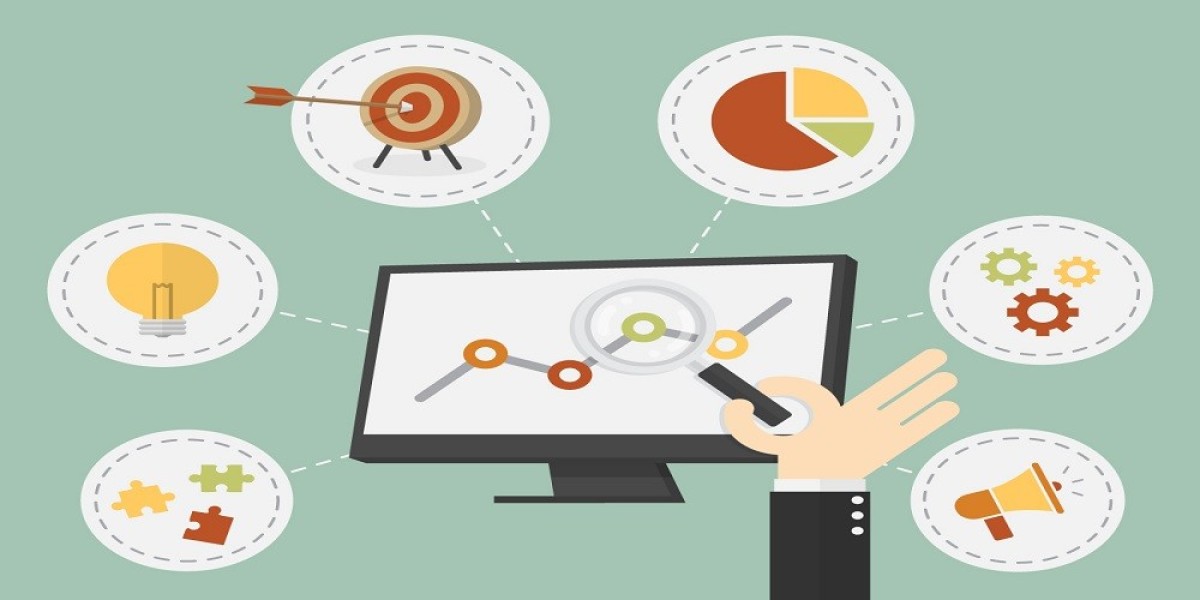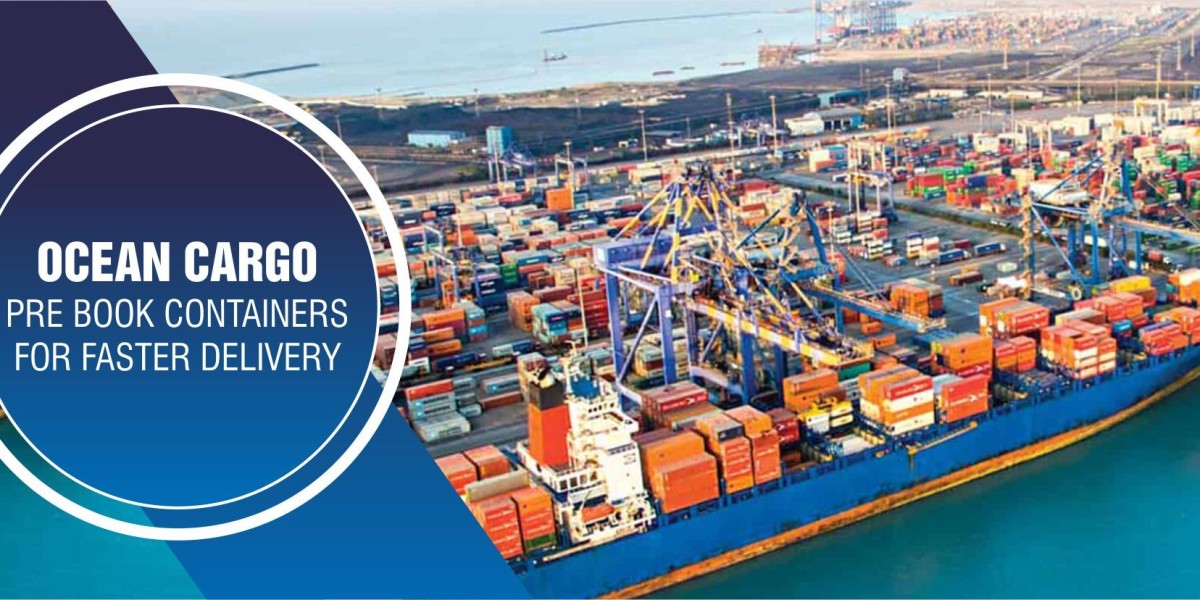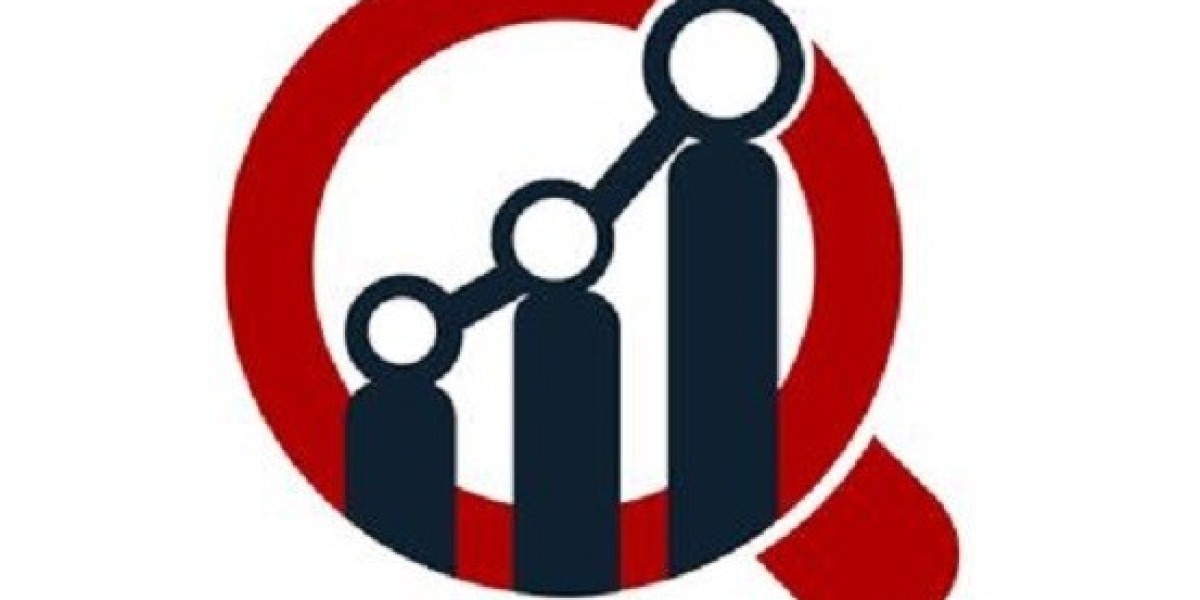Have you ever wondered how businesses accurately predict what products or services the market will crave in the coming months? The magic lies in demand planning and forecasting. In this article, we will unravel the mystery behind this essential business process and explore the best tools to make it happen seamlessly. So, buckle up as we embark on a journey to understand and master the art of demand forecasting.
Why is Demand Forecasting Crucial?
Have you ever marveled at the fact that your favorite snack is consistently stocked on the shelf just when you crave it? Enter the magic of demand forecasting. This indispensable practice ensures that products are not just available but available precisely where and when you want them. It's a symbiotic dance that keeps both consumers and businesses content and thriving.
The Harmony of Supply and Demand
Customer Satisfaction: Imagine a world where your desired products were consistently unavailable. Demand forecasting eradicates this predicament by aligning supply with anticipated demand, ensuring that customers find what they need when they need it.
Business Efficiency: For businesses, this isn't merely about meeting current demand but anticipating it. By understanding future needs, businesses can optimize their production, distribution, and inventory management processes, enhancing overall efficiency.
Avoiding Excess Inventory: On the flip side, demand forecasting helps prevent overstock situations. Unnecessary surplus ties up capital and storage space, making accurate predictions vital for maintaining a healthy balance between supply and demand.
Common Challenges in Demand Forecasting
However, it's not all sunshine and rainbows in the world of demand forecasting. Businesses often encounter challenges in predicting the unpredictable. Let's delve into some common hurdles and explore strategies to overcome them.
Navigating the Forecasting Maze
Data Accuracy: One of the primary challenges lies in the accuracy of data. Inaccurate or outdated data can lead to flawed predictions. Businesses need robust mechanisms to ensure the quality and relevance of their data sources.
External Factors: Market dynamics are influenced by external factors such as economic changes, geopolitical events, or unexpected natural disasters. These variables make forecasting a complex task, requiring businesses to develop adaptive models.
Changing Consumer Behavior: With evolving trends and preferences, predicting how consumers will behave becomes challenging. Businesses must stay attuned to shifts in consumer behavior to refine their forecasting models accordingly.
Best Practices in Demand Planning
Now that we've explored the challenges, let's shift our focus to what sets the best apart from the rest. Successful businesses employ tried-and-true methods in demand planning, ensuring they stay ahead of the curve.
Strategies for Success
Collaborative Approach: Engage all relevant departments, from marketing to production, in the forecasting process. A collaborative approach ensures a holistic view, incorporating diverse insights into the prediction models.
Continuous Monitoring: Demand planning is not a one-time affair. Continuous monitoring and adjustment based on real-time data keep the forecasts aligned with the dynamic nature of markets.
Utilizing Advanced Analytics: Embrace advanced analytics tools to process vast datasets efficiently. Predictive analytics and machine learning enhance the accuracy of forecasts, providing valuable insights into future demand.
In conclusion, demand forecasting is the beating heart of a well-oiled business machinery. It's the art of foreseeing what customers desire before they even realize it. As we journey deeper into the world of tools designed to master this art, let's keep in mind the significance of demand forecasting in steering both consumers and businesses toward satisfaction and success.
The Symphony of Integration
Integration, in the context of demand forecasting tools, is the harmonious symphony that plays when different components of your business seamlessly come together. These forecasting tools are not standalone entities; they are orchestral maestros that need to synchronize with your existing ERP (Enterprise Resource Planning), CRM (Customer Relationship Management), and inventory management systems.
Why Integration Matters
Real-Time Accuracy: Imagine a customer places an order, and your forecasting tool isn't integrated. The potential for errors and delays is high. Integration ensures that every order, sale, or inventory update is reflected in real-time, providing accurate data for forecasting.
Holistic Insight: Your business operates on multiple fronts – sales, marketing, finance, and more. Integration allows your forecasting tool to tap into these diverse data sources, providing a holistic view of your operations. This comprehensive insight is crucial for accurate predictions.
Efficient Workflow: An integrated system streamlines your workflow. Data flows seamlessly between different departments, eliminating the need for manual data entry and reducing the risk of errors. This efficiency translates to a smoother and more productive business operation.
Adaptability to Change: Markets are dynamic, and your business needs to adapt quickly. Integrated forecasting tools are agile; they can adjust to changes in demand patterns, market trends, or internal operations swiftly, ensuring your forecasts remain relevant.
The Role of APIs in Integration
Application Programming Interfaces (APIs) act as the translators in this integration symphony. They enable different software applications to communicate and share data effectively. In the world of demand forecasting tools, APIs play a pivotal role in ensuring that your forecasting tool understands and interprets the language of your existing systems.
Choosing the Right Partners: Demand Forecasting Tools and Integration
When selecting demand forecasting tools, consider their compatibility with your current systems. Opt for tools that are designed with open architectures and robust API capabilities. This ensures a smoother integration process and reduces the likelihood of compatibility issues down the road.
Common Integration Points
Sales Data: Integration with your CRM system allows the forecasting tool to capture real-time sales data. This data forms the foundation for predicting future demand accurately.
Inventory Management: A direct link with your inventory management system ensures that your forecasts align with current stock levels, preventing overstock or stockout situations.
Historical Data: Integration with historical data sources provides valuable insights. It enables the forecasting tool to recognize patterns and trends, enhancing the accuracy of future predictions.
Order Processing: Seamless integration with order processing systems ensures that every transaction is factored into the forecasting algorithm promptly.
The Bottom Line: A Harmonious Business Operation
In essence, integration is the unsung hero in the success story of demand forecasting. It transforms a collection of tools into a unified force, each playing its role in sync with the others. A well-integrated system ensures that the left-hand knows what the right hand is doing, creating a harmonious business operation where decisions are informed, actions are precise, and the path to success is clear.
As you navigate the seas of demand forecasting, remember, that integration isn't just a technicality – it's the wind in your sails, propelling your business forward with confidence and precision. Choose tools that understand the importance of integration, and you'll find yourself on a smoother journey toward accurate and actionable forecasts.
In the realm of demand forecasting, where precision is paramount, there's a crucial factor often overshadowed by the pursuit of accuracy – cost-effectiveness. As businesses navigate the intricate landscape of forecasting tools, it's essential to strike a balance between the accuracy of predictions and the financial investment required.
The Tightrope Walk of Accuracy and Budgeting
Imagine you're walking a tightrope, on one side is the need for accurate forecasting to meet market demands, and on the other side is the financial abyss of overspending on sophisticated tools. This delicate balance is where cost-effectiveness becomes a critical consideration.
Avoiding Overheads
Scalability: Opt for forecasting tools that scale with your business. A solution that adapts to your growth prevents unnecessary expenditures on features you don't currently need.
Affordability: Consider the affordability of the tool in relation to your business size. While comprehensive tools exist, they may be excessive for smaller enterprises. Find a tool that aligns with your budget without compromising essential functionalities.
Subscription Models: Explore tools that offer flexible subscription models. Monthly or yearly subscriptions allow you to assess the tool's performance without committing to a long-term financial burden.
Return on Investment (ROI)
Evaluate Impact: Assess the tangible impact of the forecasting tool on your business operations. A slightly more expensive tool that significantly improves accuracy and efficiency may yield a higher ROI in the long run.
Total Cost of Ownership (TCO): Consider not only the initial investment but also the ongoing costs. Factor in maintenance, updates, and potential additional expenses to determine the true TCO of the forecasting tool.
Customization: Some tools offer customizable features. Tailoring the tool to your specific needs ensures you're paying for functionalities directly relevant to your business, optimizing cost-effectiveness.
The Human Element: Balancing Intuition and Technology
In a world driven by algorithms and data, the human touch remains indispensable, especially in the nuanced art of demand forecasting. While forecasting tools excel in processing vast datasets, there's a unique element that humans bring to the table – intuition.
The Intuitive Edge
Industry Knowledge: Human intuition, honed through experience, understands industry nuances that data might overlook. Integrating this knowledge into the forecasting process enhances accuracy.
Embracing Uncertainty: Forecasting tools operate on patterns and historical data. Humans, however, excel in navigating uncertainty. The ability to adapt to unforeseen circumstances complements the rigid predictability of algorithms.
Qualitative Insights: Forecasting isn't just about numbers; it's about understanding the qualitative aspects of consumer behavior. The human touch adds context and depth to the predictions, making them more nuanced and reliable.
Striking the Balance
Collaboration: Foster collaboration between your team and the forecasting tools. Encourage open communication and the sharing of insights. This symbiotic relationship ensures the best of both worlds – the precision of technology and the intuition of humans.
Continuous Training: Keep your team updated with the latest advancements in technology. Training sessions on using forecasting tools effectively ensure that the human element remains an asset rather than a hindrance.
Feedback Mechanism: Establish a feedback loop between the forecasting tools and human users. This iterative process allows constant refinement, creating a harmonious blend of technological accuracy and human intuition.
Future Trends in Demand Forecasting Tools
As we peer into the crystal ball of business analytics, the future of demand forecasting tools holds exciting possibilities. Staying ahead of the curve involves anticipating these trends to ensure your business remains at the forefront of innovation.
Anticipated Trends
Machine Learning Advancements: Expect enhanced machine learning capabilities, enabling tools to adapt more swiftly to evolving market dynamics.
Predictive Analytics Evolution: The evolution of predictive analytics will usher in more precise and real-time forecasting, reducing reliance on historical data.
Integration with Emerging Technologies: Tools will likely integrate with emerging technologies such as blockchain and IoT, providing richer datasets for more accurate predictions.
User-Friendly Interfaces: Future tools may prioritize user-friendly interfaces, making them more accessible to a broader audience within organizations.
Conclusion: Steering Your Business with Confidence
As we wrap up our journey through demand forecasting tools, remember that steering your business with confidence requires the right tools and a keen understanding of market dynamics. With these tools in your arsenal, you're well-equipped to navigate the unpredictable seas of demand.
Predict your sales volume and demand trends with our Artificial Intelligence-based SaaS platform visit: https://thousense.ai/
Source: https://www.diigo.com/item/note/9zi58/bogx?k=7454fb8791e737a38b087bdc26b7f704








